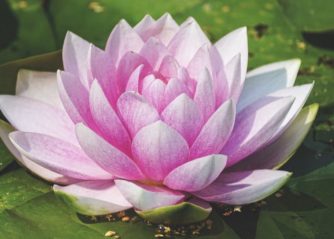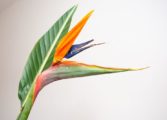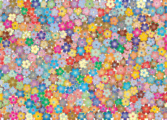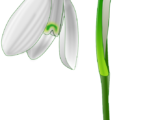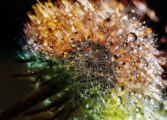Palmtop Plants: A Comprehensive Guide to the Toxicity of Caladiums for Cats

Introduction:
Cats are curious creatures, always exploring their surroundings and often nibbling on plants. As pet owners, it is essential to be aware of the potential dangers certain plants pose to our feline friends. One such plant is the caladium, popularly known as ”palettblad” in Swedish. In this in-depth article, we will provide a thorough overview of the toxicity of caladiums to cats, exploring what they are, their various types, popular varieties, and quantitative measurements of their toxicity. Additionally, we will discuss the differences between different types of caladiums, provide a historical overview of their pros and cons, and structure the article to potentially appear as a prominent snippet in Google search results.
I. Overview of Caladium Toxicity for Cats:
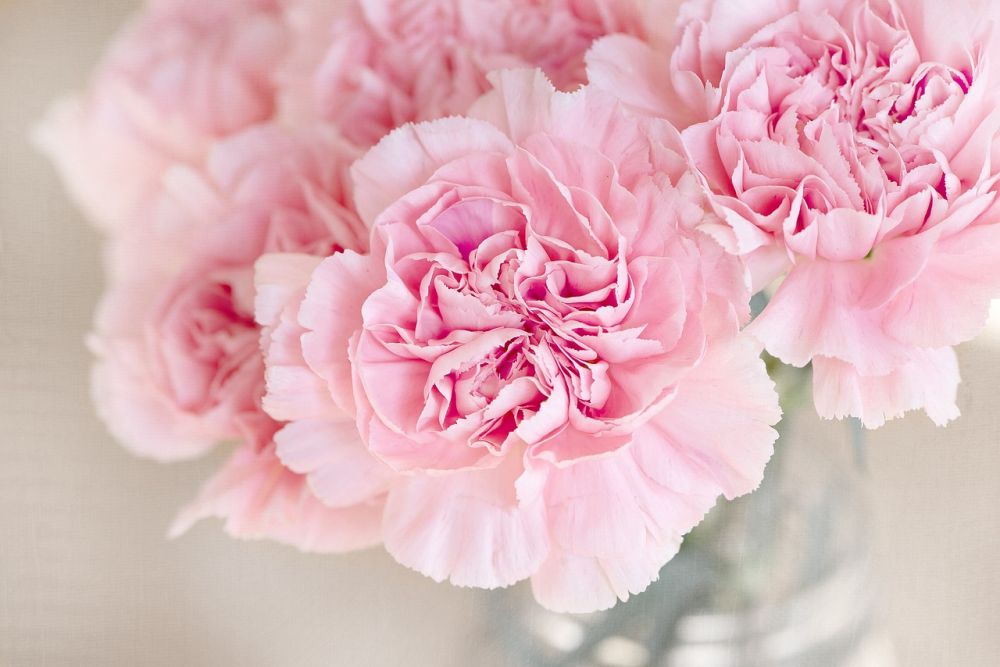
Caladiums are stunning plants native to South America, featuring vibrant colors and eye-catching foliage. However, despite their allure, these plants pose a significant threat to cats due to their toxic nature. The toxicity of caladiums can primarily be attributed to the presence of insoluble calcium oxalate crystals, which can cause severe discomfort and health issues if ingested. These crystals can irritate the mouth, tongue, and throat, leading to excessive drooling, vomiting, difficulty swallowing, and even breathing problems in cats.
II. Comprehensive Presentation of Caladium Toxicity:
a) Types of Caladiums: Caladium plants are categorized into three main groups based on their leaf shapes and colors – fancy-leaved, strap-leaved, and dwarf varieties. Each type offers a unique aesthetic appeal, making them popular choices among plant enthusiasts.
b) Popular Varieties: Within each caladium type, there is a wide range of popular varieties loved for their distinct patterns and shades. Some examples include Candidum, Fannie Munson, Gingerland, Pink Beauty, and White Queen. These varieties often find themselves adorning indoor spaces, adding a touch of exotic beauty to any environment.
III. Quantitative Measurements of Caladium Toxicity:
While it is crucial to understand the potential risks caladiums pose to cats, it is equally important to have quantitative measurements to assess the severity of their toxicity accurately. Unfortunately, specific toxicity measurements for caladiums are limited. However, it is well-documented that ingestion of even small amounts of caladium leaves or tubers can cause significant discomfort and potential health complications for cats.
IV. Discussion of Differences Between Caladium Types:
Despite the shared toxic properties, different types of caladiums may differ in their intensity and severity of toxicity. This section will delve into the variations between fancy-leaved, strap-leaved, and dwarf caladiums concerning their potential harm to feline companions. By understanding these differences, cat owners can make informed decisions when choosing plants for their homes.
V. Historical Overview of Pros and Cons of Caladiums:
Throughout history, caladiums have been appreciated for their aesthetic value, yet their toxicity has raised concerns. This section will explore the pros and cons associated with these plants, touching upon their historical uses, benefits in landscaping, and the need for caution due to their toxicity.
Conclusion:
In conclusion, caladiums, with their exquisite beauty, remain a favorite among plant enthusiasts. However, cat owners must be aware of the dangers they present to their feline companions. The insoluble calcium oxalate crystals in caladiums can cause discomfort and health complications if ingested by cats. By understanding the variations in toxicity among different types of caladiums and being mindful of the potential risks, responsible pet owners can ensure the safety and well-being of their beloved cats.
[INSERT VIDEO HERE A short educational video showcasing the beauty of caladiums while also highlighting the potential dangers they pose to cats]
By providing a comprehensive overview, presenting quantitative measurements, and discussing the historical aspects of caladium toxicity, this article aims to inform and educate readers about the risks associated with these beautiful plants. It is essential for every cat owner to be vigilant and proactive in creating a safe environment for their furry friends.


